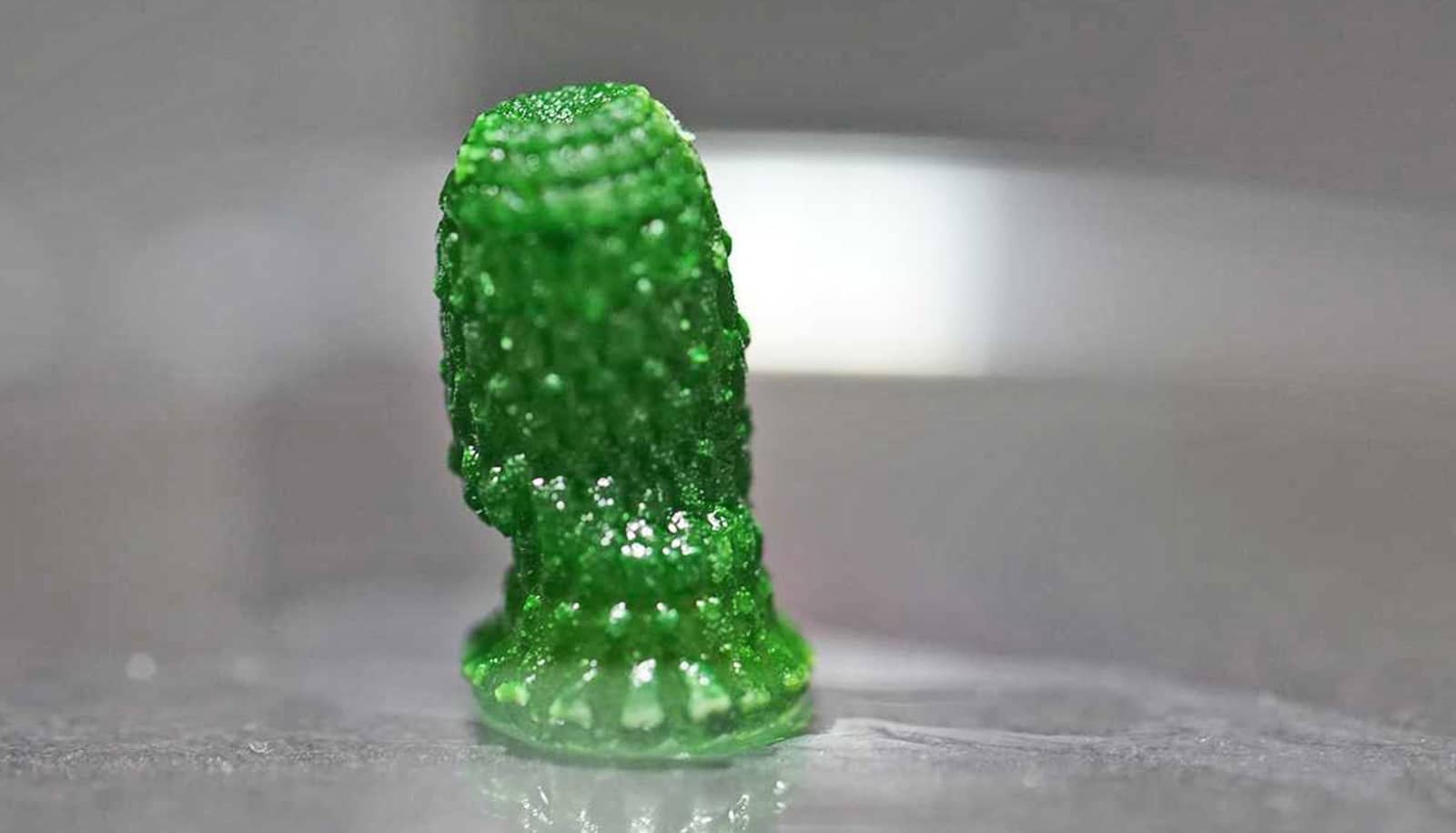There is only one bacteria known to colonize the human stomach: Helicobacter pylori. It’s the same bacteria that cause stomach ulcers and cancer.
Scientists have been trying for years to figure out how it survives stomach acid, gets through the stomach’s mucus layer, and infects stomach cells.
Rama Bansil, a Boston University professor of physics who has studied stomach mucus for over two decades, has uncovered two factors that give the bacterium a leg up: the chemicals it secretes and its skill at swimming. Both are critical to its success.
Bansil became curious about stomach mucus in the late 1980s.
“The question back then was: the stomach produces nearly half a gallon of gastric juice a day, which is acidic and can digest nails—so why doesn’t it digest the stomach?” she says.
Researchers suspected that the thin layer of mucus protected the stomach from this acid, but nobody knew exactly how it worked. Bansil, whose area of research is gels and gelation, began to study the purified protein mucin, which gives stomach mucus its ability to gel. In this early work, she and her colleagues found that it gelled only under extremely acidic conditions, below a pH of 4.
Later, she turned her attention to H. pylori.
“I decided that we would actually try and see how this bacterium gets across, since this layer is probably gel-like—or at least certainly very viscous, like a soft toothpaste or petroleum jelly,” she says. “How does something swim through such a medium?”
Some researchers had hypothesized that the spiral-shaped bacterium drilled its way through the thick mucus like a corkscrew. But in laboratory experiments, Bansil and her colleagues found, surprisingly, that H. pylori, which propels itself with rotating flagella, couldn’t swim through a gel at all.
“Even though it’s alive and its flagella are rotating, it doesn’t move ahead. It just stays in place,” she says.
‘It de-gelled the gel’
Not so in stomach mucus. There, H. pylori secretes an enzyme called urease, which breaks down urea in the stomach into carbon dioxide and ammonia, giving the smell of ammonia to the breath of infected people. Ammonia, a base, reacts with the stomach mucus, raising its pH and liquefying it.
“It de-gelled the gel, and this reversible gelation was the key to letting this bacterium get across,” says Bansil, who published this research in the Proceedings of the National Academies of Sciences in 2009.
If H. pylori’s corkscrew shape didn’t help it drill through mucus, wondered Bansil and her colleagues, why did it have that shape? Another spiral-shaped bacterium called Campylobacter jejuni is able to colonize the upper part of the small intestine, so the shape must be important for something.
This is how ulcer bacteria clamp onto stomachs
“We wanted to find out why H. pylori has a helical body,” says Maira Constantino (GRS’17), a PhD candidate who joined Bansil’s lab in 2014. “What is the advantage there?”
Many assumed that the corkscrew-shaped body increased H. pylori’s swimming speed in general, because corkscrew shapes produce thrust when they spin. Previous experiments by other groups supported this, finding that spiral-shaped Helicobacter swam two to three times faster than rod-shaped E. coli.
“But that’s not a good comparison, because you’re really comparing two different organisms,” says Bansil. She collaborated with Nina Salama, a microbiologist at the Fred Hutchinson Cancer Research Center in Seattle who had bred mutant H. pylori, the same as the original but rod-shaped.
Which ones swim faster?
Then they filmed them, hundreds at a time, swimming in mucin and culture broth, to see which ones swam faster.
Comparing the videos, they found that, on average, helical bacteria were about 10 to 15 percent faster than their rod-shaped relatives. They published their results in Molecular Microbiology in 2015.
But those results were only averages. Constantino wanted to take the analysis further, by filming the motion and shape of single bacteria, a painstaking process.
By taking video at high speed, 200 frames per second, she was able to record the speed, rotation, and body shape of individual bacteria. She and her colleagues discovered that both types of bacteria spun as they swam, about 10 to 15 body lengths per second—”a pretty good stride,” but the helix swam a little faster, says Bansil.
It’s the flagella
To understand exactly why, Bansil and Constantino sent the data to colleague Henry Fu, an associate professor in the mechanical engineering department at the University of Utah, and his student Mehdi Jabbarzadeh, who used it to build a theoretical model of H. pylori swimming.
The Utah scientists found that having more flagella contributed more to speed than body shape; the helical shape contributed, at most, 15 percent to the bacteria’s propulsive thrust, confirming what the scientists had found before.
“The 15 percent difference doesn’t look very large, but it may be enough of an advantage that the helical one will win over the rod long-term,” says Bansil.
The results, and video evidence, were published in November 2016 in Science Advances. Bansil and her colleagues are now studying H. pylori from a cancer patient, as well as the patient’s stomach mucus, looking for clues in the specific interaction of the bacterium with mucin.
Glycan changes may signal stomach cancer
Bansil’s work may prove useful in another arena of science: drug delivery.
“Many drugs cannot get across the mucus. Only very small drugs can get through, or those which can break down the mucus,” she says.
It is not difficult to render H. pylori harmless by genetic manipulations, and if it can be loaded like a capsule, with, say, a chemotherapy drug, the bacterium could then use its innate ability to get across mucus and carry the treatment across, and deliver it where it’s needed.
“This might be a very clever way to deliver a targeted drug orally,” says Bansil, whose work is funded by the National Science Foundation.
Source: Boston University



